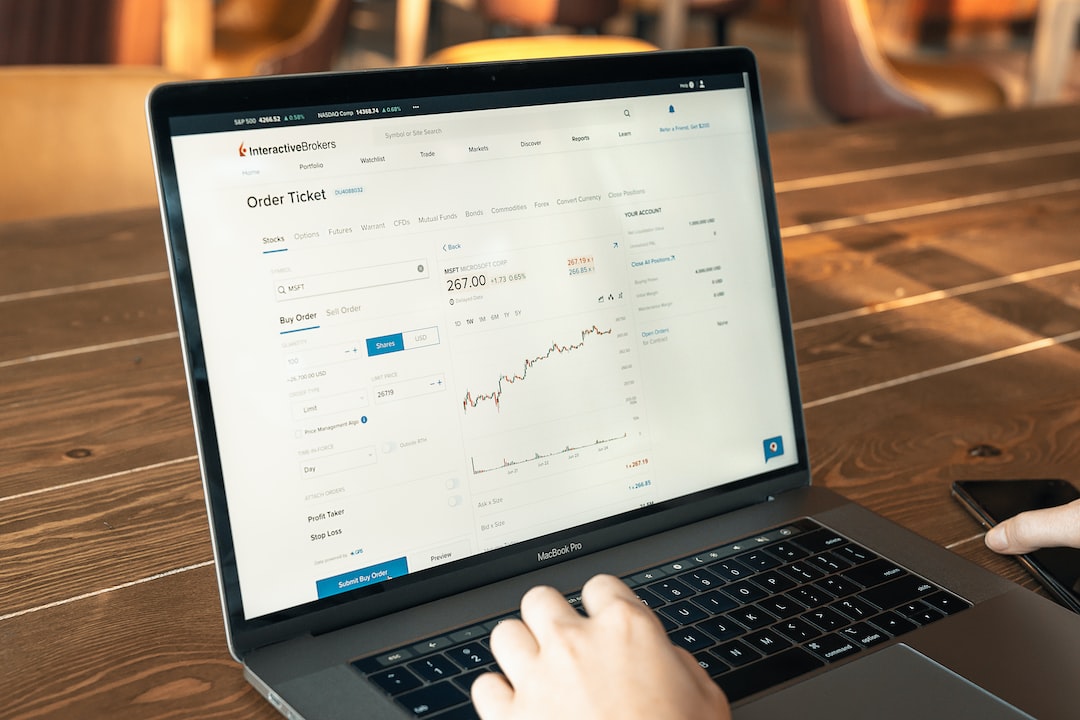The Hidden Costs of Homeownership and How to Manage Them
Purchasing a home is often considered a major milestone in many people’s lives, representing stability, financial security, and a place to call your own. However, beyond the initial down payment and monthly mortgage payments, there are a myriad of hidden costs associated with homeownership. These expenses can catch many homeowners off guard if they are not adequately prepared. In this blog post, we will delve into some of the most common hidden costs of homeownership and provide tips on how to manage them effectively.
1. Property Taxes: One of the most significant hidden costs of homeownership is property taxes. These fees vary depending on the location and the value of your property, and they usually need to be paid annually or semi-annually. It is essential to research and understand the property tax rates in your area before finalizing a home purchase. Property taxes can have a significant impact on your monthly budget, so it is vital to plan accordingly and set aside funds for this expense.
2. Homeowners Association Fees: If you are moving into a planned community or condominium, you may be required to pay monthly or annual homeowners association (HOA) fees. HOA fees are used to maintain shared amenities, common areas, and cover repairs and maintenance costs. It is important to factor in these recurring fees when budgeting for your homeownership expenses, as they can vary greatly depending on the community and services provided.
3. Insurance: Homeowners insurance is a crucial expense that protects your investment from unexpected events such as fire, theft, or natural disasters. The cost of homeowners insurance depends on various factors such as the location, size, and condition of your home. It is advisable to shop around and compare quotes from multiple insurance providers to find the best coverage at the most competitive rates. Additionally, consider increasing your deductible, if financially feasible, to lower your monthly premiums.
4. Maintenance and Repairs: Owning a home means being responsible for its upkeep and repairs. From regular maintenance tasks like cleaning gutters and servicing HVAC systems to unexpected repairs such as a leaky roof or a faulty plumbing system, these expenses can quickly add up. Creating a dedicated emergency fund for home repairs is an excellent way to manage these costs. Regularly setting aside a percentage of your monthly income can provide you with a safety net to cover any unexpected situations that arise.
5. Utilities: When transitioning from renting to homeownership, it’s important not to overlook the increased expenses that come with utility bills. As a homeowner, you are responsible for paying utility bills like electricity, water, gas, and sewer services. These costs can fluctuate depending on the size of your home, the number of occupants, and your energy usage habits. It is advisable to set a realistic budget for these expenses and find ways to be energy-efficient to minimize costs.
6. Landscaping and Outdoor Maintenance: Unlike renting, where landscaping and outdoor maintenance are typically taken care of by the landlord, homeowners must shoulder these responsibilities themselves or hire someone to do it for them. Whether it’s mowing the lawn, trimming trees, or repairing fences, the cost of maintaining and enhancing your outdoor spaces should be factored into your budget. Developing basic gardening skills can help reduce costs, or alternatively, you can allocate a specific amount for professional landscaping services.
Now that we have explored some of the hidden costs of homeownership, let’s discuss strategies for managing them effectively:
1. Comprehensive Budgeting: Before purchasing a home, develop a comprehensive budget that includes all the hidden costs mentioned above. Calculate your monthly income, expenses, and savings goals, keeping in mind future expenses such as property taxes, insurance, and maintenance.
2. Emergency Fund: Build an emergency fund specifically for homeownership-related expenses. Having a dedicated fund will provide a financial cushion when unexpected repairs arise and prevent you from accumulating debt.
3. Comparing Insurance Providers: Shop around and compare homeowners insurance quotes from various providers to get the best coverage at the most competitive rates. Look for discounts or bundle your insurance policies to potentially reduce costs further.
4. Regular Maintenance: Keep up with regular maintenance tasks to prevent major repairs down the line. Scheduling routine inspections and addressing minor issues promptly can save you from costly repairs in the future.
5. Energy Efficiency: Implement energy-efficient practices at home to lower your utility bills. Simple steps such as using LED light bulbs, insulating windows, and upgrading to energy-efficient appliances can substantially reduce your monthly expenses.
By being aware of the hidden costs of homeownership and implementing these strategies, you can better manage your finances and enjoy the pride and security that come with owning a home. Remember, proper planning and preparation are key to navigating these hidden costs successfully.

